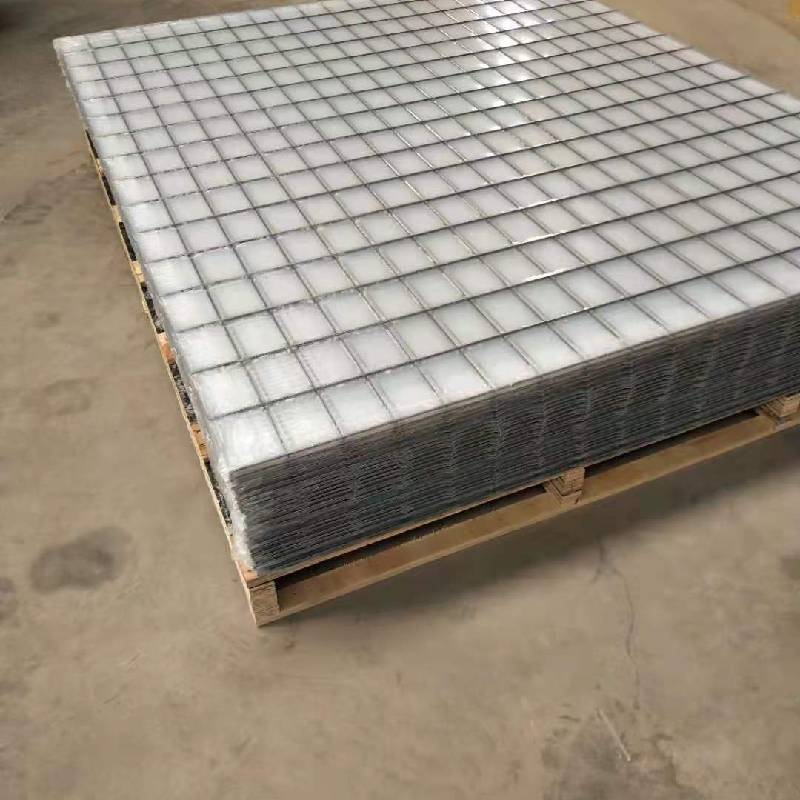
- Mobile Phone
- +8613931874955
- sales@cntcmetal.com
Creative Ideas for Displaying Artwork Using Wire Grid Panels in Unique Ways
Exploring Wire Grid Panels as a Unique Art Display
Art has always found its way into our lives, expressing emotions, ideas, and connections in various forms. In contemporary spaces, the aesthetics of art displays have evolved tremendously, leading to innovative approaches that engage viewers and transform environments. One such approach that has been gaining popularity is the use of wire grid panels for art display. This method not only enhances the visual appeal of artworks but also encourages a dynamic interaction between the art, the space, and the observer.
Exploring Wire Grid Panels as a Unique Art Display
One of the most significant advantages of wire grid panels is their ability to create a clean and unobtrusive backdrop for the artwork. The open design allows the art to take center stage without being overshadowed by the display itself. Artists and curators appreciate the way these panels can adapt to various themes and aesthetics; their minimalist structure complements both modern and eclectic pieces, making them a fitting choice for galleries, homes, and corporate spaces alike.
wire grid panels art display

Moreover, wire grid panels provide flexibility in how artwork is presented. Hooks, clips, and fasteners can be easily attached to the grid, allowing for quick and straightforward adjustments to the display. This versatility is particularly advantageous for galleries and exhibitions, where artists can change their displays frequently to keep the audience engaged. Additionally, the ability to rearrange the artworks lets curators tell different stories, evoke various emotions, or highlight specific themes over time—all while maintaining an organized and cohesive appearance.
The practicality of wire grid panels extends beyond mere aesthetics. These panels are typically lightweight yet sturdy, making them easy to transport and install. This convenience is particularly beneficial for traveling exhibitions or temporary displays. Furthermore, their durable material ensures that they can withstand the rigors of different environments, whether it be a bustling art fair or a quiet home setting.
In terms of creativity, wire grid panels encourage artists to think outside the box. They can integrate various multimedia elements, allowing for an interactive experience. For instance, artists can clip photographs or prints to the grid while suspending sculptures or other three-dimensional works at varying heights, creating a visually engaging landscape. This three-dimensional aspect of art presentation fosters a deeper connection between the viewer and the artwork, inviting inquisitive exploration and contemplation.
In conclusion, wire grid panels are transforming the way we display art, merging functionality with contemporary aesthetics. Their minimalist yet versatile design allows for diverse presentations that can evolve over time, catering to the changing dynamics of art and audience interaction. As this trend continues to grow, it is clear that wire grid panels will remain a staple in the art world—an enduring tool that not only enhances visual engagement but also celebrates the ever-evolving nature of artistic expression. Whether used in galleries, homes, or events, these panels create a canvas for creativity, inviting all to connect with art in a fresh and exciting way.
share:
-
Your Source for Concrete Wall Ties and Masonry AccessoriesNewsJul.10,2025
-
Unlocking the Power of Iron Wire for Every ProjectNewsJul.10,2025
-
Explore Advanced Chain Wire and Stainless Steel Mesh FencingNewsJul.10,2025
-
Discover the Benefits of Annealed Wire ProductsNewsJul.10,2025
-
Discover China Stainless Steel Wire Mesh SolutionsNewsJul.10,2025
-
Build with Confidence Using High-Performance Masonry AccessoriesNewsJul.10,2025
-
Why Sacrificial Formwork Is Redefining Underground ConstructionNewsJun.06,2025



















